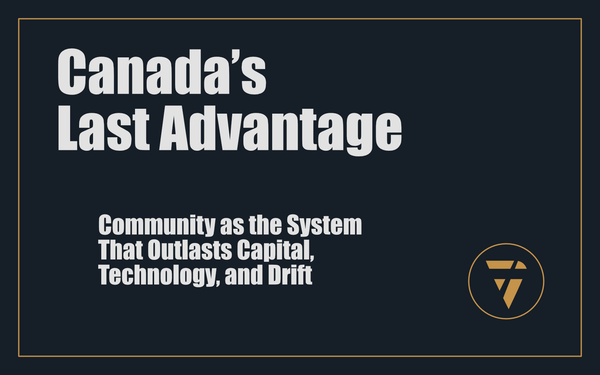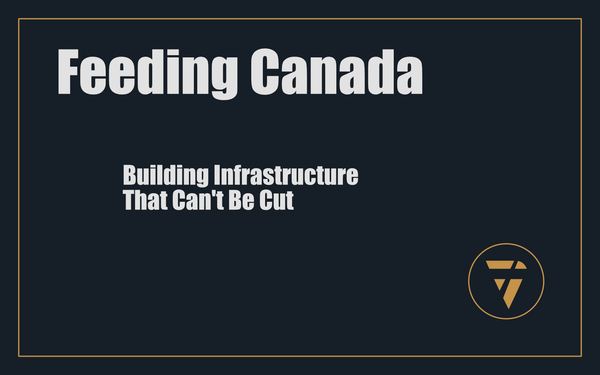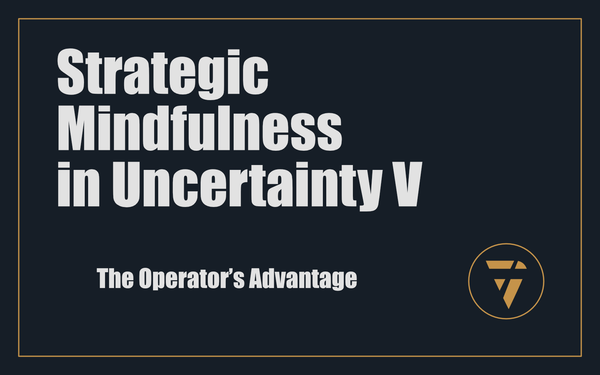Building Homes, Not Illusions
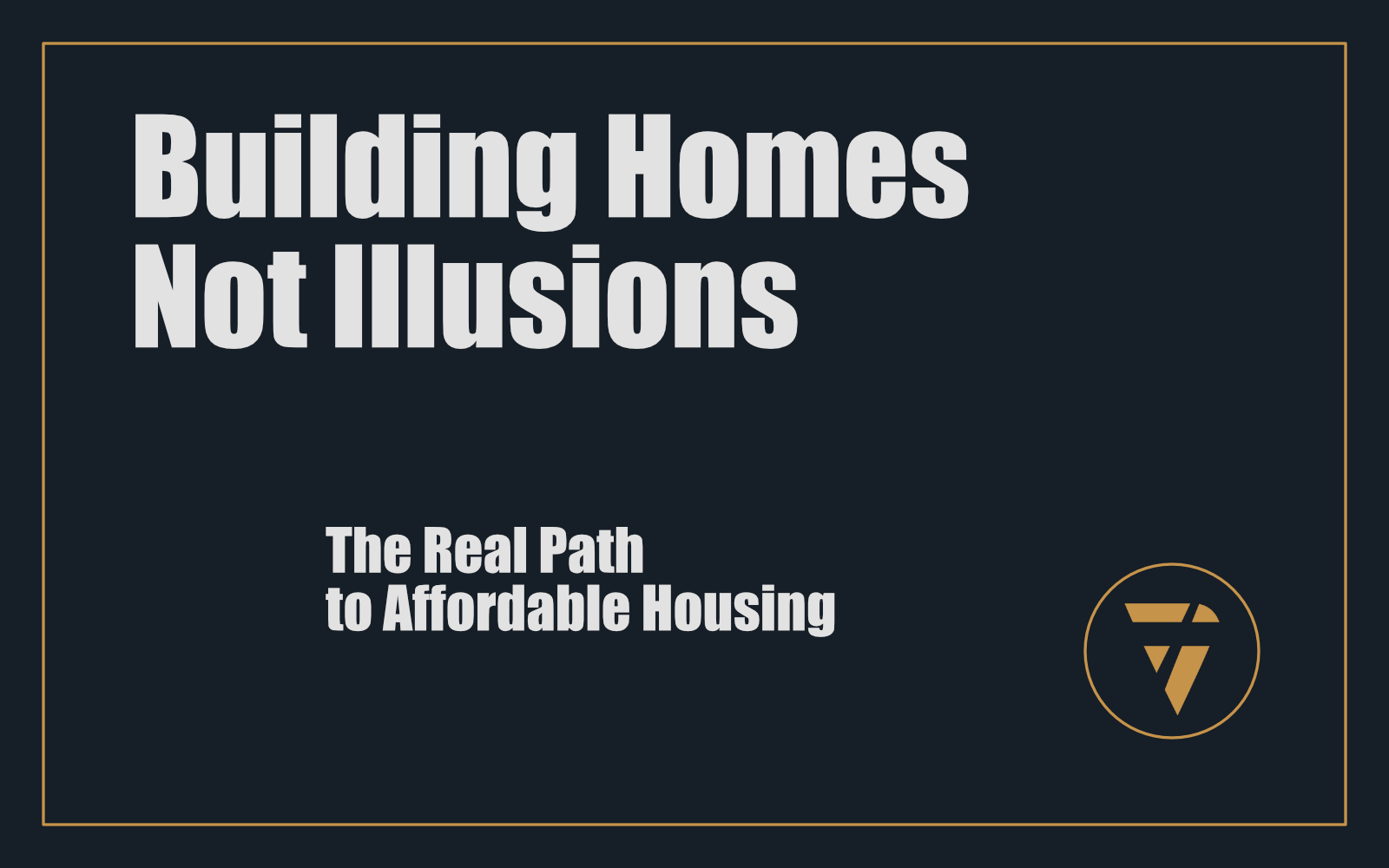
The Real Path to Affordable Housing
In Saskatchewan, we’ve been told for decades that affordable housing is a political priority. The slogans change, the programs are rebranded, but the results are always the same: short bursts of announcements, ribbon-cuttings, and photo ops followed by empty ledgers, broken promises, and inflated job numbers that were never real in the first place.
The Saskatchewan Immigrant Investor Fund (SIIF) and its “Head Start on a Home” scheme was the most vivid example. It was sold to the public as a bold push for “entry-level” housing, a chance for low- and moderate-income families to get a foothold in the market. In reality, it was a funnel of taxpayer-backed cheap money to politically connected developers and donors. Most of the units built weren’t family homes—they were condo blocks sold to investors and landlords. The few families who did get keys were left with products that barely matched the marketing, while the province’s housing affordability problem only deepened.
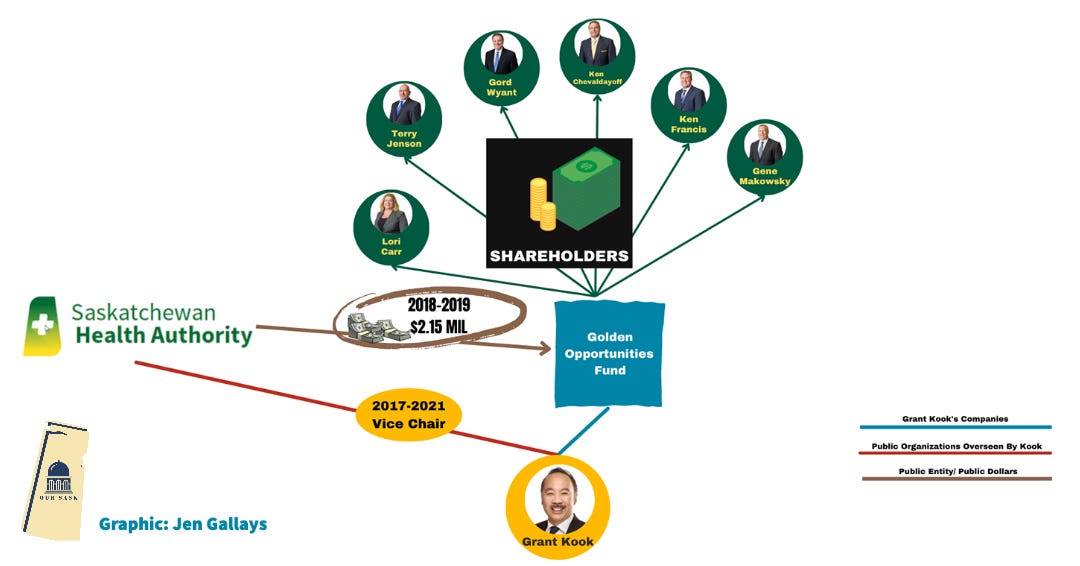
That’s what happens when the problem of housing supply is handed over to politicians: capital is allocated for optics, not outcomes.
We need a different pathway. One rooted in functional governance—not bureaucracy, not ideology. One that is entrepreneurial in speed, disciplined in execution, and wholly aligned with the interests of the end user: the homeowner.
The gap is real, the leverage is obvious, and the pathway is ready.
The Market Gap: Where the Need Is, and Why It’s Ignored
Walk into any realtor’s office in Saskatoon today and ask for a detached home priced between $250,000 and $400,000. Watch them laugh, sigh, or shake their head. That product category—the real entry-to-mid market—has all but vanished.
Why? Because developers don’t build for it, and governments don’t incentivize it. Developers chase higher margins at the top end, while government programs get hijacked by insiders who capture subsidies, grants, or cheap financing for whatever they were already planning to build. The working family—the teacher and the nurse, the tradesperson and the shop manager—gets left behind.
Yet this family is the backbone of a healthy, resilient community. They don’t want speculative condos; they want a simple promise:
- A home they can afford.
- A home that is efficient, so their monthly bills don’t crush them.
- A home that will hold value and provide comfort for their kids.
- A home they can buy without wading through layers of fine print and false promises.
The demand is there. The supply is not. That’s the gap.
Leverage: Why Passive House, and Why Now
The biggest misconception about affordability is that it begins and ends with sticker price. But the truth is affordability is monthly. What matters is total cost of ownership: mortgage, utilities, maintenance, and resilience over time.
That’s where Passive House principles flip the script.
A code-minimum home may be cheaper to build on day one, but it bleeds the owner dry in hidden costs: drafty rooms, oversized furnaces, spiking energy bills, rising maintenance headaches. A Passive House-certified home, by contrast, is airtight, insulated, ventilated, and mechanically tuned to Saskatchewan winters. It uses 80–90% less energy. It provides stable, healthy indoor air. It eliminates mould risk and reduces repair cycles.
Here’s the leverage:
- For the buyer: Their monthly cost of ownership drops below what they’d pay for a code house. Comfort and resilience become part of the package, not luxury add-ons.
- For the builder: Every efficiency is engineered into the process. Pre-fabrication, standardised options, and stage-gated delivery mean faster capital turns, predictable costs, and repeatable margins.
- For the community: Energy demand falls, carbon impact drops, and neighbourhoods become more resilient to shocks like energy spikes or extreme weather.
The leverage is that you can sell a better product for the same monthly outlay as an inferior one. That is how you scale.
The Pathway: Functional Housing as a Competitive Enterprise
The old way: announce a program, funnel money to friends, hope the public forgets when it fails.
The new way: build a private, citizen-led developer structured as a precision machine. Sell homes before you build them. Deliver them in months. Measure every outcome.
Here’s how.
1. Define the Buyer Pool and Prove It
You don’t build on speculation. You build on signals.
The first move is to capture expressions of interest—refundable deposits, lot reservations, mortgage pre-approvals—into a live demand ledger. The ledger tells you what to build, where to build, and when to build. It also gives investors proof that demand is not theoretical.
Target segments are obvious: first-time buyers, downsizers, utility-maximizing families, and climate-conscious professionals. All of them are tired of inflated sticker prices, high energy bills, and bait-and-switch upgrades.
2. Architect the Product for Speed and Comfort
You don’t need 40 models. You need three to five. Each with a fixed structural spine and a profitable, limited option tree. Every model is designed for speed of construction and energy performance.
Envelope spec is non-negotiable: airtightness below 0.6 ACH50, triple-pane windows, heat-pump systems, radon mitigation, snow-load compliance, wildfire resilience where prudent. In other words: climate-secure housing, engineered for Saskatchewan reality.
Upgrade options are disciplined: flooring packages, kitchen tiers, solar readiness, EV chargers, accessory suite rough-ins. Every upgrade is SKU-coded, supply-secured, and margin-positive.
The result is comfort the buyer can feel and performance they can measure.
3. Build the Presale Engine
Instead of sitting on land and praying for buyers, you flip the model: buyers first, land second.
- Realtor partners drive demand with co-branded listings.
- A digital configurator lets families choose their lot, model, and upgrades in real time.
- Deposits are staged—reservation, contract, build start—so buyers are committed, lenders are aligned, and risk is managed.
When the ledger is full, you trigger land takedown and construction starts.
4. Deliver in Six Months, No Excuses
The six-month delivery rail is the core promise:
- Weeks 0–6: Reservation, design freeze, permits, procurement.
- Weeks 6–14: Foundation and envelope—weather-tight, airtight.
- Weeks 14–22: Mechanical, insulation, finishes.
- Weeks 22–26: Commissioning, verification, occupancy.
Each stage has entry and exit criteria. Nothing advances without sign-off. The homeowner knows exactly where their house is at every step. The investor knows where their capital is at every step.
This is governance, applied to housing.
5. Lock the Supply Chain
Margins die in chaos. That’s why supply contracts are locked in with clear service levels, substitution trees, and remedy clauses.
Trades are cross-trained in Passive details. Vendor scorecards measure delivery reliability, defect rates, and post-close call-backs. The system is designed to eliminate surprises before they can destroy velocity.
6. Align Capital with Velocity
Affordable housing dies when capital is slow, fragmented, or misaligned.
The model here is simple: buyer deposits, construction debt, equity, and supplier credit stacked in a cycle that turns in six months. Equity recycles on close. IRR is protected by speed and repeatability.
Investors don’t need to believe in policy or prospectus. They need to read the ledger, the velocity, and the margins.
7. Embed Accountability
Accountability is not a press release. It's measurement.
Every home gets blower-door results, utility models, and commissioning reports. Every buyer sees their operating costs against projections. Every investor sees cycle times, defect rates, and capital turns.
The ledger is not just sales; it’s proof of performance.
The End State: Functional Housing as a System
The pilot is 6–12 homes, proving the rail. The next phase is 36–60 homes annually across two base models. Beyond that, you scale into community-scale presales, with site control and potentially an in-house manufacturing partnership.
At scale, you don’t just build homes—you build a system. A system that delivers affordability by design, not by subsidy. A system that generates investor returns by aligning with buyer needs, not by extracting from them. A system that restores trust by showing the numbers, not hiding them.
That is functional governance. That is affordable housing as a competitive enterprise.
The Real Result: Comfort, Health, and Resilience
The true measure of success is not how many press releases are issued, but how many families sleep in quiet, comfortable bedrooms where the temperature doesn’t swing with the wind, where the air is clean, where the monthly bills are predictable, and where the home itself is an asset, not a liability.
That is what the SIIF never delivered. That is what the SK government can’t deliver. That is what a private, disciplined, citizen-led developer can deliver.
It’s not charity. It’s not politics. It’s leverage. It’s velocity. It’s governance that works.
Saskatchewan doesn’t need another housing program. It needs functional housing. It needs homes built not for donors or headlines, but for people. The gap is clear, the leverage is proven, and the pathway is open. The only question left is who will build it.
I am.
I wrote the outline with the initiating partners in Saskatoon this week.
Pre-sales are open.
This is what I’m working on. Tell me what you think, I enjoy the conversation! Subscribe and follow the work in real time.
Thanks!
B

Functional governance isn’t theory. It’s a competitive enterprise.
Gov’t “affordable housing” is lies, donor cashflows, fake job numbers, condos for speculators.
Families get nothing.
This is how you serve homeowners and investors.
Not with slogans. With systems.
PS -





